2023 Black History Month Spotlight Profiles
February is Black History Month. Check out our profiles of figures in Black history below.

Rosa Parks (1913 - 2005)
osa Parks was an organizer and leader in the Civil Rights Movement in Alabama. Her resistance set in motion one of the largest social movements in history, the Montgomery Bus Boycott. Parks’ courageous act and the subsequent Montgomery Bus Boycott led to the integration of public transportation in Montgomery. Her actions were not without consequence. She was jailed for refusing to give up her seat and lost her job for participating in the boycott.
Click here to learn more.
Originally Published by the National Women’s History Museum
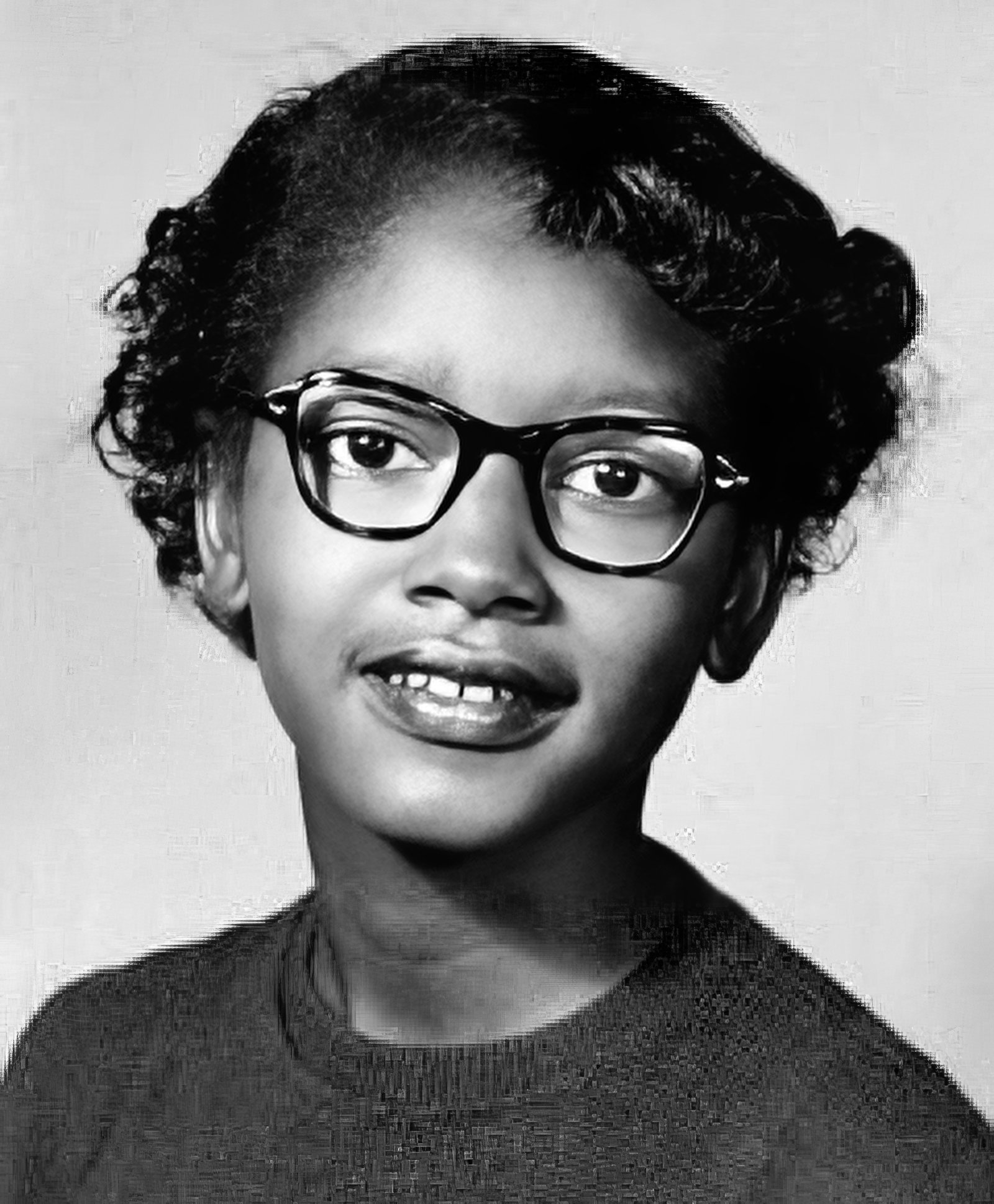
Claudette Colvin (1939 - present)
When Claudette Colvin was 15, she refused to move to the back of the bus and give up her seat to a white person — nine months before Rosa Parks did the very same thing. Colvin was the first to really challenge the law. Now a retiree, Colvin lives in the Bronx. She remembers taking the bus home from high school on March 2, 1955, as clear as if it were yesterday. Her story is the subject of the book Claudette Colvin: Twice Toward Justice.
Click here to learn more.
Originally Published by NPR

John Lewis (1940 - 2020)
John Lewis is known as one of the “Big Six” civil rights leaders for his work challenging segregation and planning the March on Washington. Lewis undertook the study of nonviolent protest and became involved in sit-ins at lunch counters and other segregated public places. In 1961, he participated in the Freedom Rides that challenged the segregation of Southern interstate bus terminals. Lewis served in the United States Congress for 33 years until his passing in 2020.
Click here to learn more.
Originally Published by Britannica
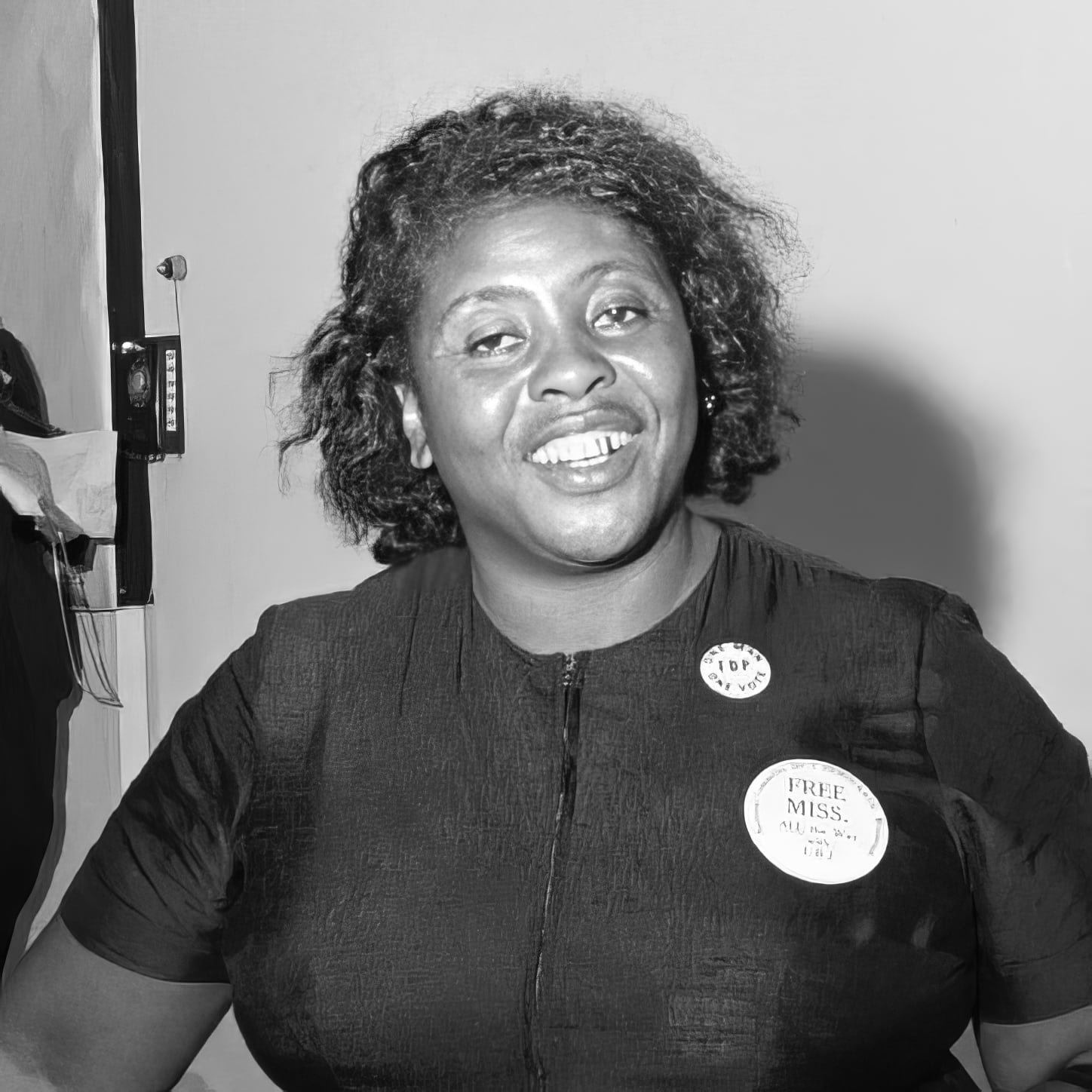
Fannie Lou Hamer (1917 - 1977)
Fannie Lou Hamer was a civil rights activist whose depiction of her own suffering in a racist society helped focus attention on the plight of African Americans throughout the South. Hamer was active in helping with the voter registration efforts and worked for the Student Nonviolent Coordinating Committee (SNCC). She also set up organizations to increase business opportunities for minorities and to provide childcare and other family services.
Click here to learn more.
Originally Published by HISTORY

Bayard Rustin (1912 - 1987)
While Dr. Martin Luther King Jr. spoke as the face of the civil rights movement, another man stood behind the scenes, an indispensable force within the movement. He was Bayard Rustin, a man whose life was shaped by the very prejudices the movement fought against, not only because of his race, but also because he was gay. Rustin would spend his life fighting for the rights of others, even while facing discrimination of his own.
Click here to learn more.
Originally Published by HISTORY
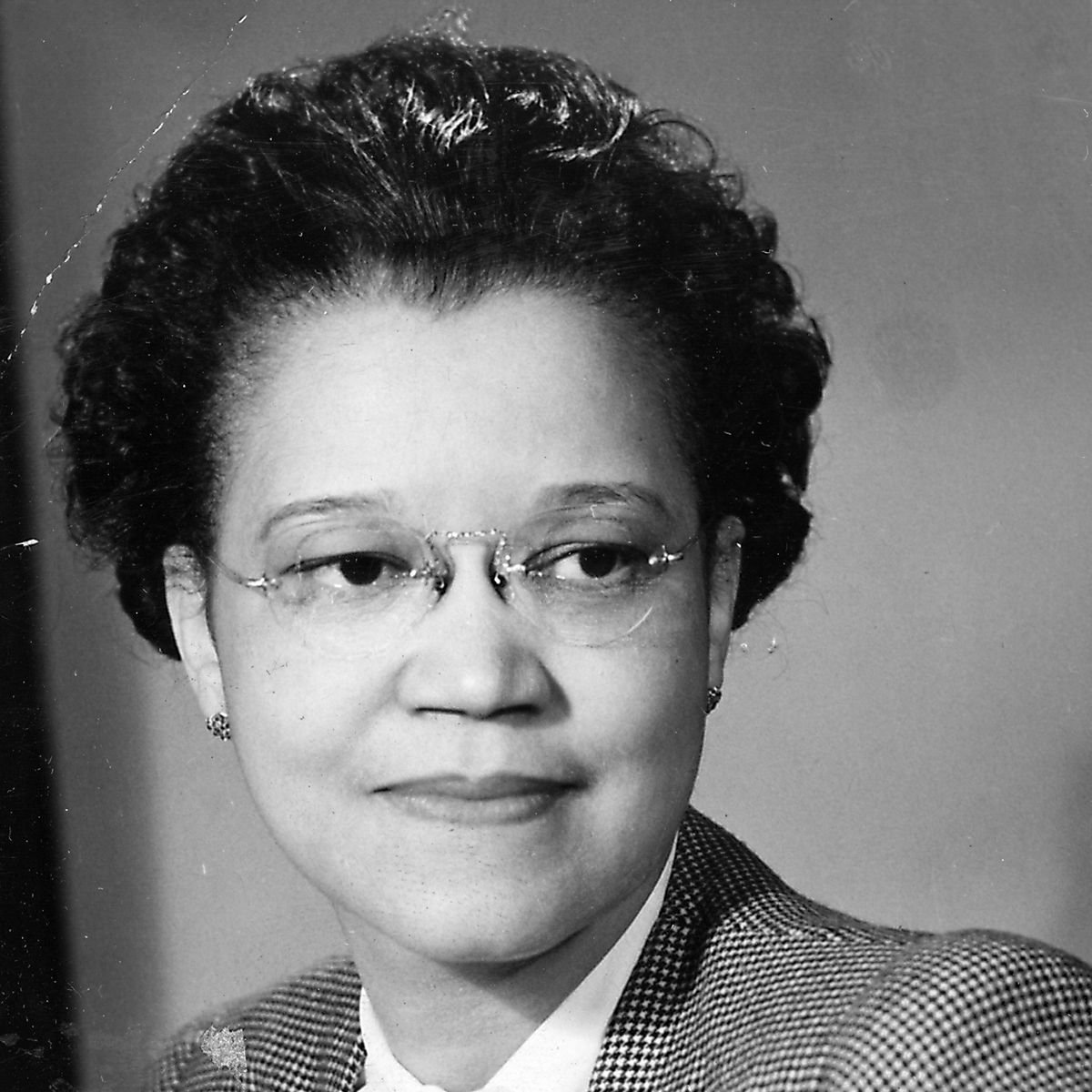
Sadie Tanner Mossell Alexander (1898 - 1989)
To say that Sadie Tanner Mossell Alexander shattered multiple glass ceilings is an understatement. The Philadelphia native was the first Black person in the nation to earn a Ph.D. in economics in 1921. Three years later, she earned a law degree and went on to become the first Black woman to pass the Pennsylvania bar and practice law in the state. Alexander accomplished all this while often facing bitter acts of racial prejudice.
Click here to learn more.
Originally Published by the University of Pennsylvania
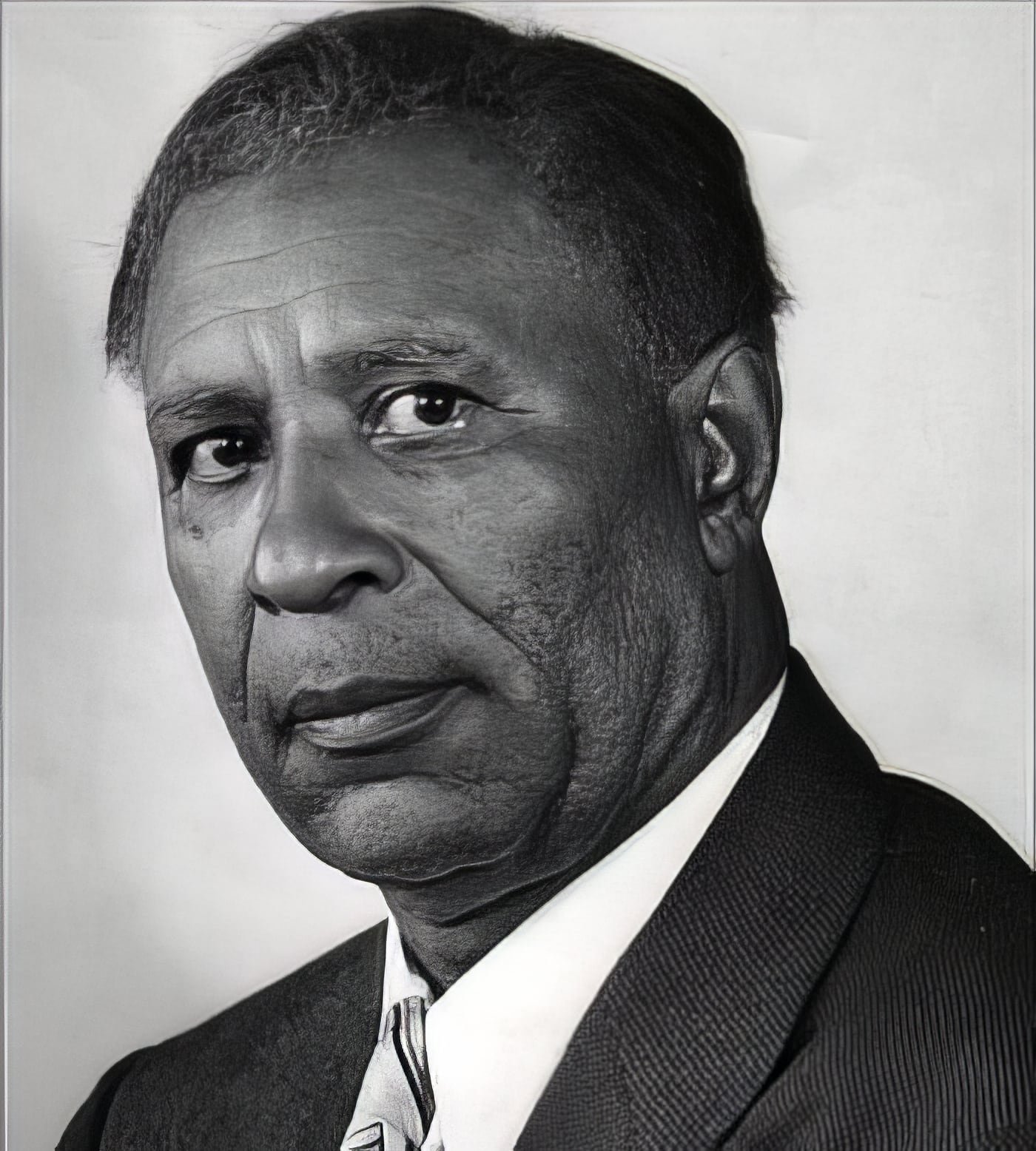
Garret Morgan (1877 - 1963)
The son of two former slaves, Garrett Morgan had little more than a grade-school education. But that didn’t stop the Ohio man from becoming an inventor with a rare gift for designing machines that saved people’s lives – including an early version of the traffic light. As a teenager Morgan got a job repairing sewing machines, which led him to his first invention – a revamped sewing machine – and his first entrepreneurial venture: his own repair business.
Click here to learn more.
Originally Published by CNN
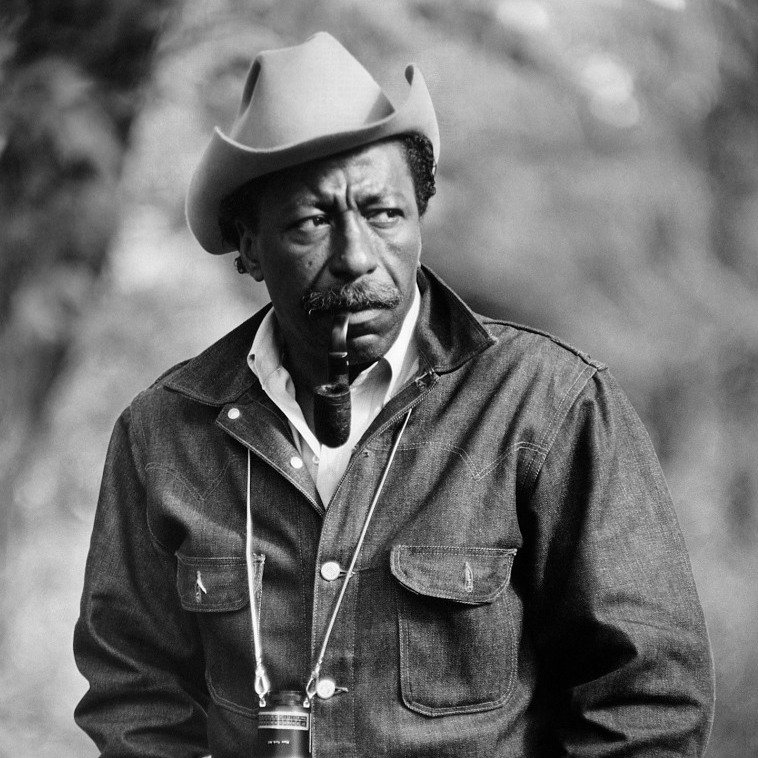
Gordon Parks (1912 - 2006)
Gordon Parks’ photos evoked the humanity of his subjects, inspiring empathy and activism. Parks traveled the country capturing iconic images of the segregated South, the civil rights movement and such figures as Muhammad Ali and Malcolm X. Parks famously called the camera his “weapon of choice,” a tool to fight poverty, racism and other societal ills. As he once put it to an interviewer, “I pointed my camera at people mostly who needed someone to say something for them.”
Click here to learn more.
Originally Published by CNN
